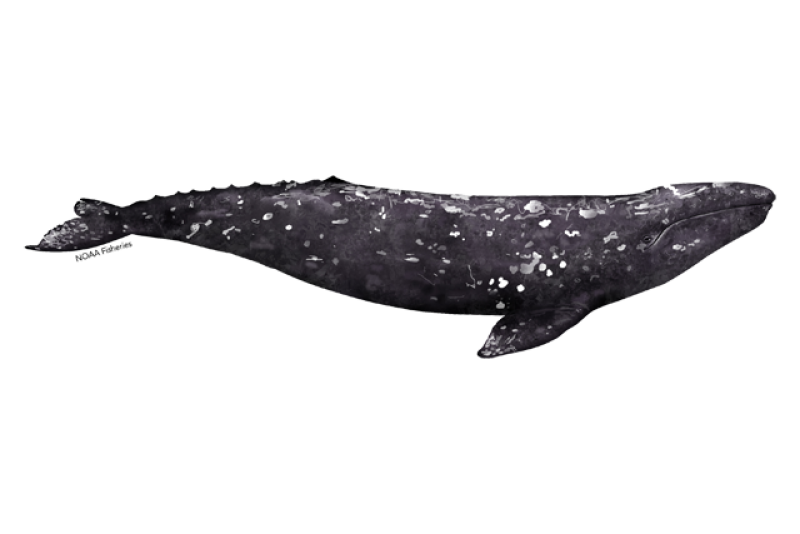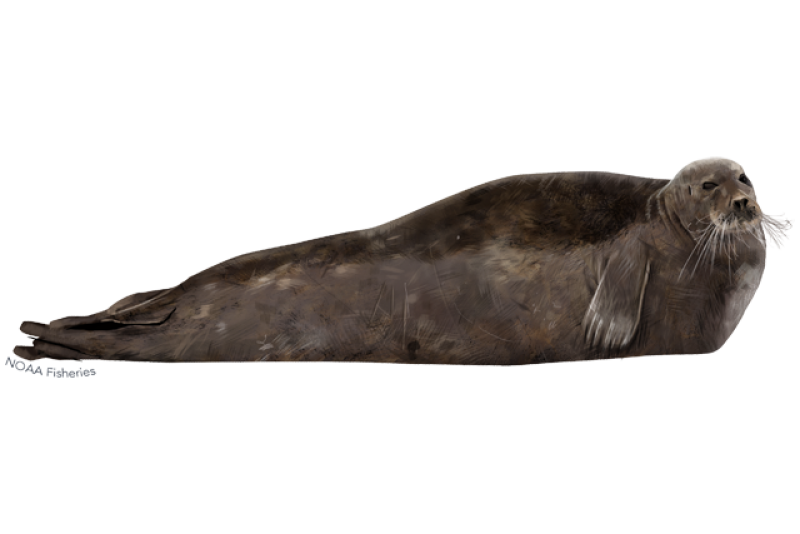Humpback whales (Megaptera novaeangliae) are baleen whale found in all of the world's oceans. They are known for their long, flippers, which can reach up to one-third of their body length, as well as their distinctive songs and acrobatic displays, such as breaching and tail slapping. Humpback whales can grow up to 16 meters (52 feet) in length and weigh up to 36,000 kg (40 tons). They are baleen whales, which means they filter their food from gulping large volumes of water. They primarily feed on small schooling fish, and zooplankton like krill.They are incredible migrators, traveling up to 5,000 miles annually from their feedings grounds of higher latitudes to their mating and calving grounds in warmer, tropical waters.
Humpback whales were extensively hunted in the 19th and early 20th centuries, which greatly reduced their population size. However, international whaling bans implemented in the 1960s and 1970s have allowed many humpback whale populations to recover, although their numbers remain lower than their pre-whaling levels. Today, they are considered a species of least concern, but some populations, such as those found in the North Pacific, are still threatened by human activities, such as entanglement in fishing gear, habitat loss, and climate change.
Humpback whales are known for their complex vocalizations, which include a range of moans, groans, and songs. Their songs can last for up to 30 minutes and are composed of a series of repeating phrases. Male humpback whales are known for their acrobatic displays, which they use to attract females during mating season. Click here to listen to the humpback:
 Image by NOAA Fisheries
Image by NOAA Fisheries
 NOAA Fisheries
NOAA Fisheries NOAA Fisheries
NOAA Fisheries Image by NOAA Fisheries
Image by NOAA Fisheries Image by NOAA Fisheries
Image by NOAA Fisheries
